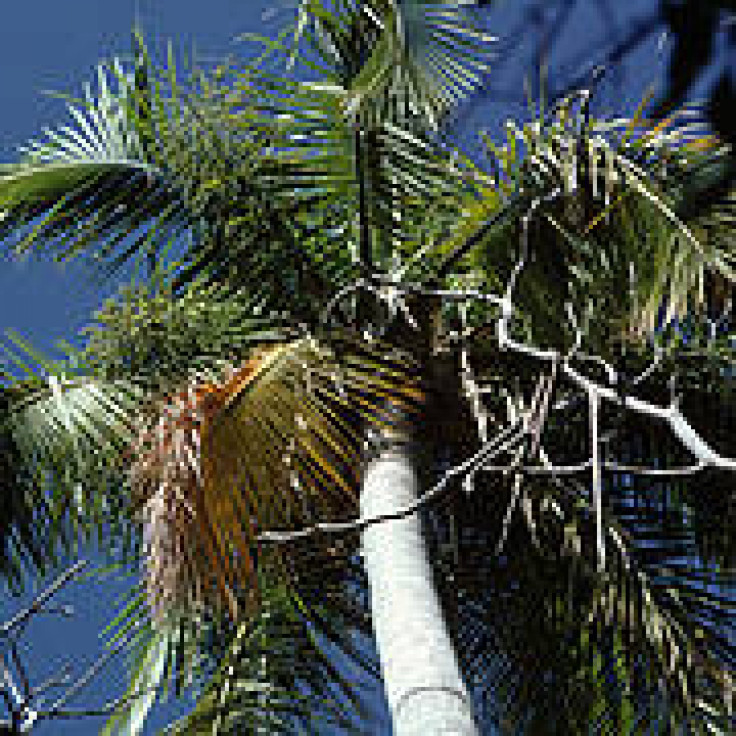Madagascar’s Palm Trees On Verge Of Extinction

The legendary palm trees of Madagascar are on the brink of extinction due to aggressive land clearing for agriculture and logging on the island nation.
According to a report released by the International Union for Conservation of Nature, 83 percent of Madagascar’s 192 palm species are at grave risk of disappearing forever -- they have now joined the IUCN’s Red List of Threatened Species.
“The figures on Madagascar’s palms are truly terrifying, especially as the loss of palms impacts both the unique biodiversity of the island and its people,” said Dr. Jane Smart, global director of the IUCN Biodiversity Conservation Group. “This situation cannot be ignored.”
IUCN indicated that all 192 species of palms are unique to Madagascar and provide essential resources to some of Madagascar’s poorest communities, such as materials for house construction and edible palm hearts.
“Habitat loss and palm heart harvesting are major threats putting these species at risk,” the environmental group stated.
The majority of the palms grow in the rain forests on the eastern part of the island -- 75 percent of these forests have already vanished, warned Dr. William Baker, chairman of the IUCN SSC Palm Specialist Group and head of palm research at the Royal Botanic Gardens in Kew.
“The high extinction risk faced by Madagascar’s palms reflects the decline in these forests, which threatens all of the remarkable wildlife that occurs there,” he added.
While Madagascar has established national parks to protect precious species from extinction, palms have not been spared.
“The key to saving Madagascar's palms, and its biodiversity in general, is strongly dependent on the closest possible collaboration with local communities, especially in this period of severe political instability during which government agencies are working well below standard,” said Dr. Russell Mittermeier, president of Conservation International and chair of the IUCN SSC Primate Specialist Group.
“Unfortunately, this extremely high degree of threat in Madagascar is not unique to palms.”
Due to its geographic isolation, Madagascar, like Australia, has animals and plants that are not seen anywhere else in the world.
Already, the lemur, a primate found only in Madagascar, faces extinction due to loss of habitat.
Much of the illegal logging in Madagascar focuses on the plundering of the rare rosewood tree -- BBC reported that in 2009 alone, loggers cut down 100,000 rosewood and ebony trees from national parks, even though the government banned such practices in 2000.
The rosewood is particularly coveted by Chinese consumers who use it to build lavish and elegant furniture.
Rosewoods require a century to reach maturity; consequently, the removal of so many trees from the landscape means they cannot be easily replaced.
But Madagascar is a poor and politically unstable country heavily dependent on foreign aid, which dried up after a coup in March 2009.
“Life is very hard," one logger told the BBC. "Rice is expensive, and this village doesn't have enough to feed everyone all year. We are all making a big effort just to survive. So we have no choice -- we have to work in the rosewood business."
© Copyright IBTimes 2024. All rights reserved.











